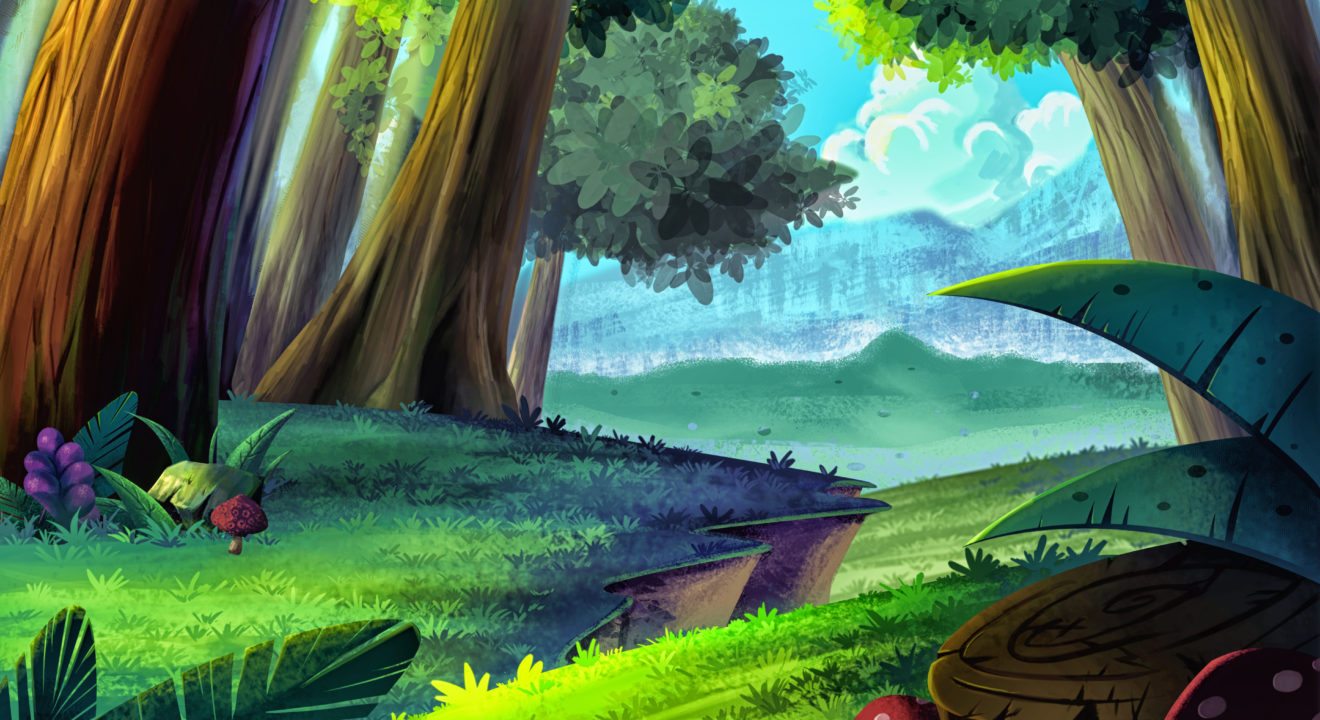March 2, 2017


When you think of anime, you probably have a distinct image in mind. You’re probably thinking of spiky haired, doe-eyed, perfect figures with magical powers or romantic rivalries (cue cherry blossoms floating in the wind). Anime certainly has fallen into several tropes that people who don’t even watch can probably name.
However, there’s a reason anime is still as popular as it is in America. With this year’s Anime Expo breaking all time attendance records, the appeal towards anime is obvious. It sets up a fantastic imaginary community where members can cosplay as their favorite characters and meet others who share their passion for Japanese animation.
But for people who are not in the anime community, understanding it’s huge popularity is challenging. What people on the outside usually see is the typical characters who all blend together after a time with ephemeral backdrops that don’t ever stand the test of time. However, if you are one of those people who doesn’t see the artistic value of anime it may be because you haven’t seen the right shows. Some anime is predictable and bland, but some is striking and provocative. Some anime, like the three mentioned in this article, use media to create a world or message that will stick in your mind for the rest of your life. These three masterpieces are anime you should definitely watch.
Animation genius Hayao Miyazaki and Studio Ghibli are household names in America by now. With beloved films like Kiki’s Delivery Service and My Neighbor Totoro Miyazaki has made his mark on the world of animated films. Princess Mononoke is Miyazaki’s ninth film and was the first that served as a bridge between hand drawn and computer animation. Although there is a minimal amount of computer animation elements in Princess Mononoke, this film is intelligently illustrated. Every gorgeous scene of the lush, dark forest or of the slice-of-life metal town, contains many layers. The story is not only told through dialogue. In a scene where San stares down Ashitaka, blood covering her face you see the dichotomy pulling at her. She’s a human raised by wolf gods, and in the scene you see the mash-up of human and nature quite clearly. In some ways, the introspective nature of the illustration is similar to Norman Rockwell’s style of art. With Rockwell, you also have many images that tell a deeper story using only the image. According to web.archive.org Miyazaki personally oversaw all the 144,000 animation cels that went into the movie.
Whereas Hayao Miyazaki’s movies are family treasures full of beauty and universal appeal, this movie based off Robin Nishi’s comic is definitely for older audiences. Mind Game is an existential piece that ruminates on the meaning of life, love, loneliness, and plenty of other ideas. The artwork is also something not so easily defined or described. The best many can do is to say: “It’s out there.” No statement has ever been more true. But at the same time, no anime has ever been more interestingly complex. The plot is not straightforward or chronological, but that doesn’t mean you aren’t completely absorbed by the characters and their realistic stories. And the artwork switches instantaneously between mediums. It’s as if the entire movie has a very tenuous grasp on reality and fantasy. Every image you see in Mind Game is in flux. The characters’ faces change depending on the mood or the moment between photographical-looking realism and cartoonish drawings. The fantastically dark world of the whale also hinges between ominous and lighthearted.
In an analysis of Viennese artist Gustav Klimt from theartstory.org, the most important element of the artist’s style are his detail designs. Klimt is most well-known for his works that employ multi-media techniques and gold leaf in two dimensional designs that feel like they pop off the page. That is how The Count of Monte Cristo is also designed. Every character and every image in the show shines and pops off the screen with designs that give everything a whole new layer of depth. But the design element of this show is never overbearing. As a viewer, you learn to fall into the at-times muted and vibrant world and to enjoy the ride.